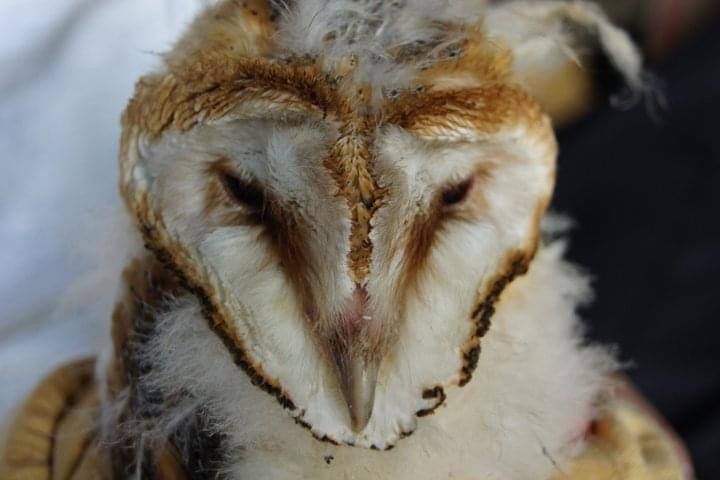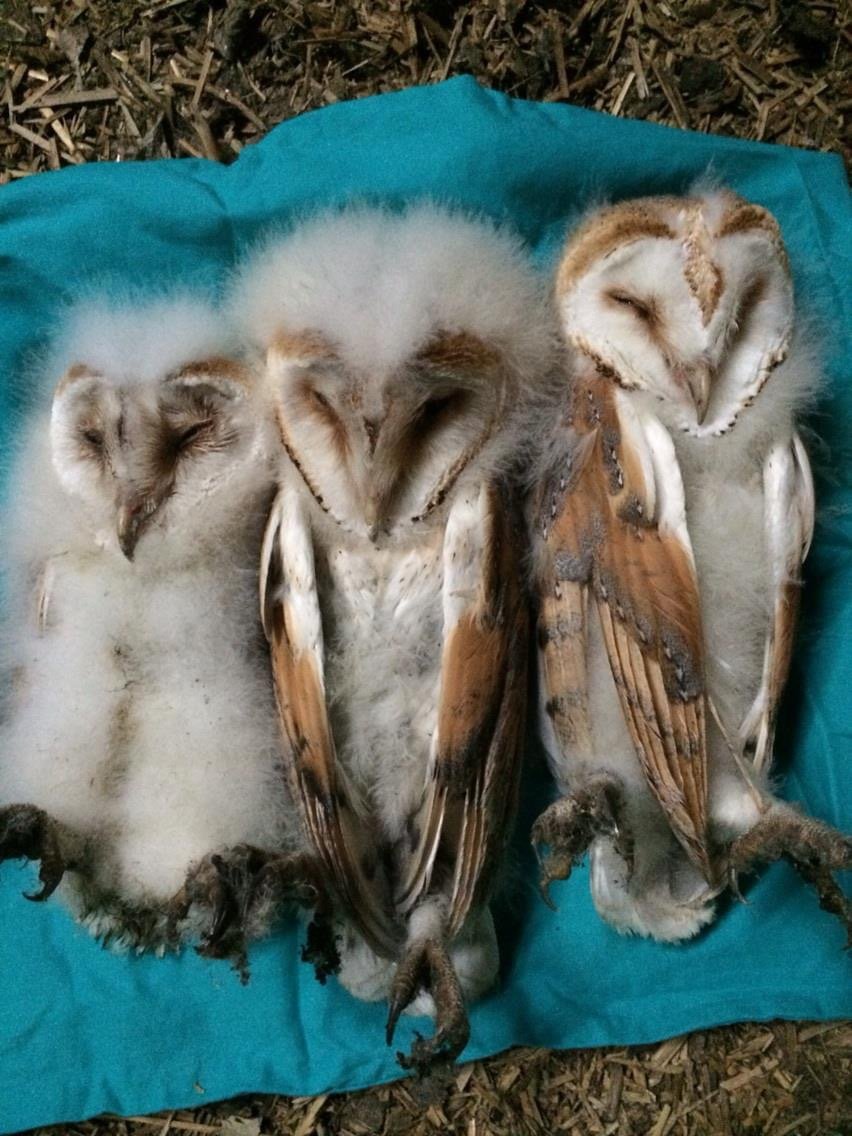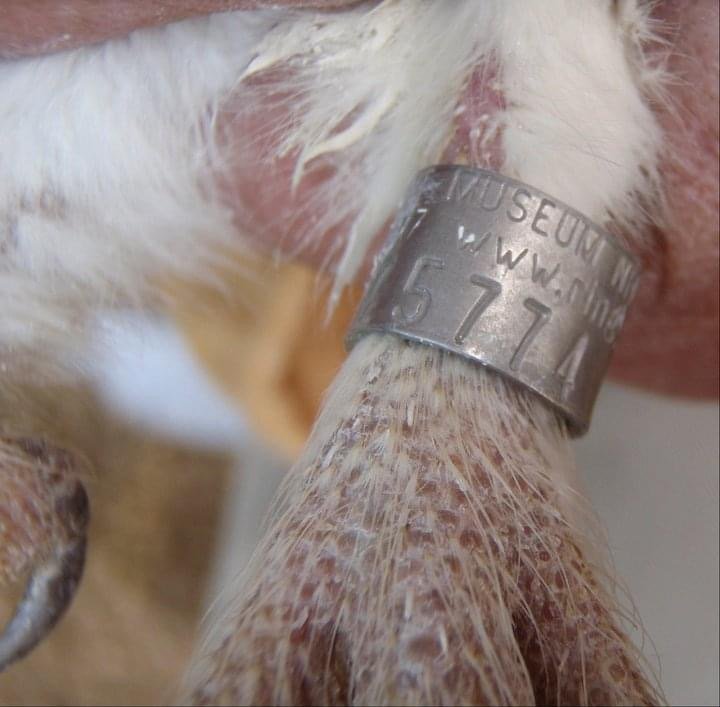
WEST SUSSEX BARN OWLS
Monitoring and Conserving Barn Owls in West Sussex
How it all started..
The inspiration behind the obsession
On the 8th August 2010 I held my first wild barn owl. I was smitten. None of what has evolved over the past 15 years would have been possible without Dr Barrie Watson (1930-2023) .
Barrie taught me everything I know about ringing Barn Owls and I had the pleasure of learning how to handle these beautiful creatures safely (for them and for me). How to set ladders, how to clean out boxes, what to do when you put your hand in a box and a grey squirrel runs up your arm! What to do when you open the hatch of a box and hear loud buzzing and see hornets coming towards you!
How to hoist an owl box up into a tree with a rope and how to attch a box to a tree.
Here we are with some other colleagues in a video made by Sussex Wildlife Trust from quite a few years ago: https://www.youtube.com/watch?v=KeWc3BrAPps
Why put up boxes? How you can help barn owls.
Barn owls are cavity nesters and adapt well to boxes. Boxes and habitat improvement are key to barn owl survival.
You can help barn owls by:
improving habitat
avoiding use of rodenticides
objecting to rural developments
Box designs:
https://www.barnowltrust.org.uk/barn-owl-nestbox/owl-boxes-for-trees/
https://www.barnowltrust.org.uk/barn-owl-nestbox/barn-owl-nestboxes/
Habitat Improvement - If you manage land in the countryside, the best way to encourage Barn Owls is to increase their food supply by creating strips or patches of rough tussocky grassland at least 4 metres wide, with a litter layer of dead grass, at least 7 cm deep (Barn Owl Trust, 2025)
Meet Chrissi and Tilly

Colin Shawyer
February 2010 at Arlington Reservoir in East Sussex, I was taken to a “Barn Owl Study Day” by Dr Barrie Watson (my barn owl mentor).
The day was hosted by Colin Shawyer (see photo). I was mesmerised and completely swept away when he shimmied up the long ladder to the inspection hatchand after a moment he brought out a beautiful female adult barn owl.
We watched while he showed us how to determine the sex of the owl, how to look for moult within the feathers to see how old the owl was and how to weight and measure the wing length of the owl.
During all of this the owl laid in his lap seemingly hypnotised and very relaxed.
Later that year Barrie invited me along to have a days experience monitoring and ringing barn owls in West Sussex.
Colin has written many books and papers on barn owls (many of which are on my bookshelf).
Why Conserve Barn Owls ?
Most Barn Owls die in their first year.
In the UK the average life expectancy is only 18 months.
Factors contributing to this are loss of habitat, lack of food, lack of nesting sites, parental abilities, traffic collisions and the weather.
Another important factor is the suitability and design of nest boxes.
See here for information: https://www.barnowltrust.org.uk/hazards-solutions/poor-barn-owl-nestbox-design/
https://www.barnowltrust.org.uk/barn-owl-nestbox/barn-owl-nestboxes/
https://www.barnowltrust.org.uk/barn-owl-nestbox/owl-boxes-for-trees/#tree-box-criteria
(Barn Owl Trust, 2024)
The Important Stuff.
I have a Schedule 1 licence issued by Natural England which covers most 10km squares in West Sussex. This means I am legally able to disturb Barn Owl nests during the breeding season for monitoring purposes.
I also have an S permit from the BTO which means I am registered as a ringing trainer and am able to ring a variety of birds in the UK and abroad.

Goodwood Estate • Leconfield Estate • Duke of Norfolk Estate • Woodland, Flora and Fauna Group • Brent Lodge Wildlife Hospital. National Trust Slindon. The Summerberry Company. Barfoots of Botley.
OUR PARTNERS






